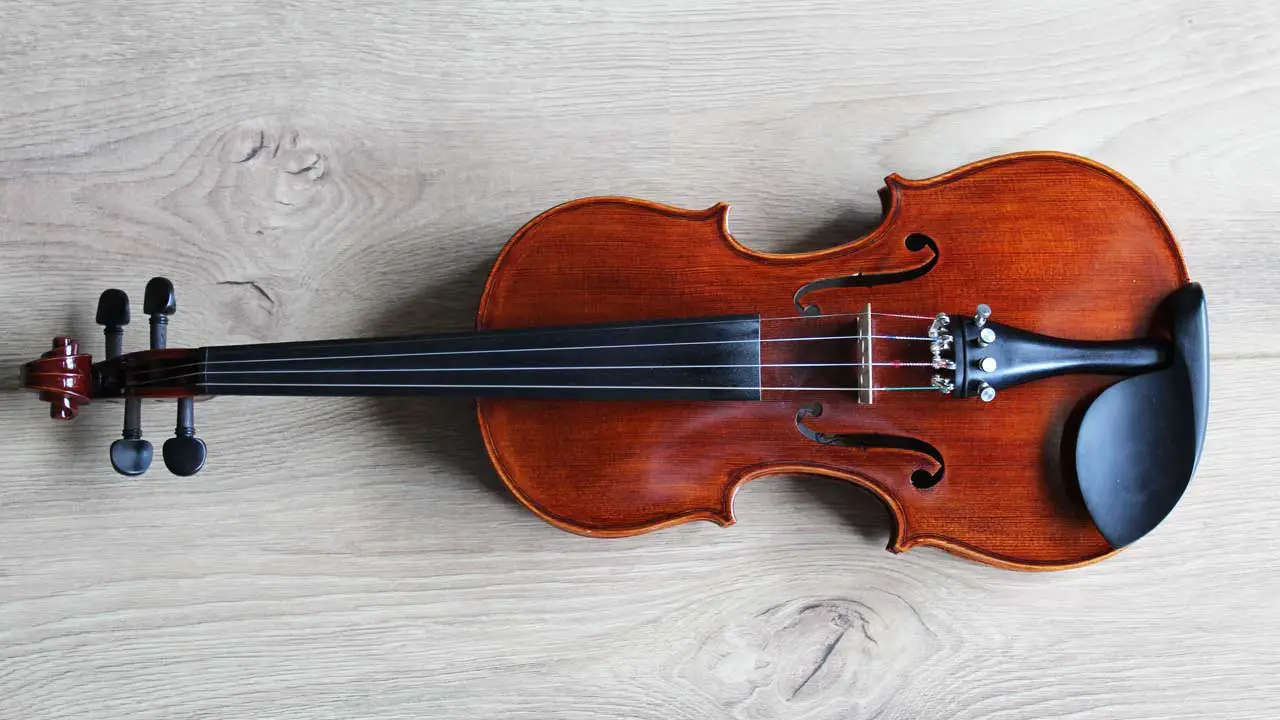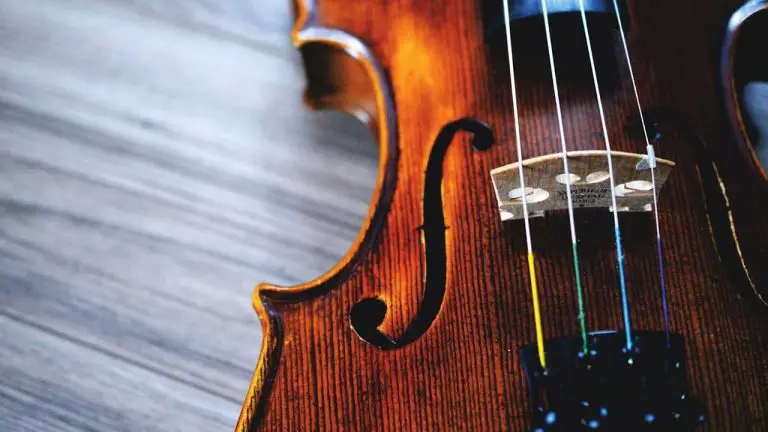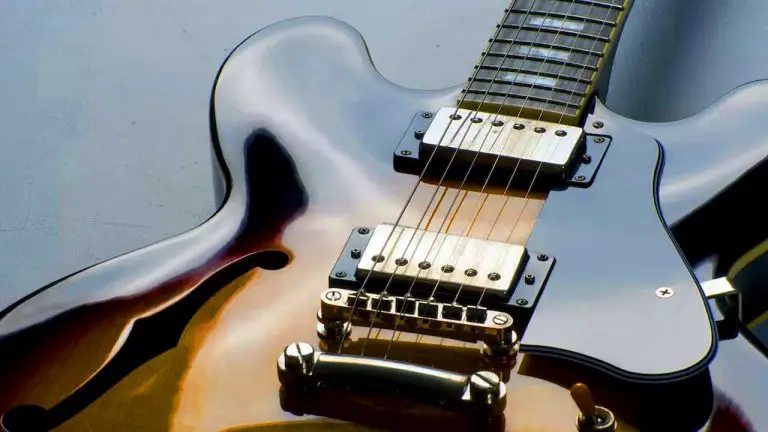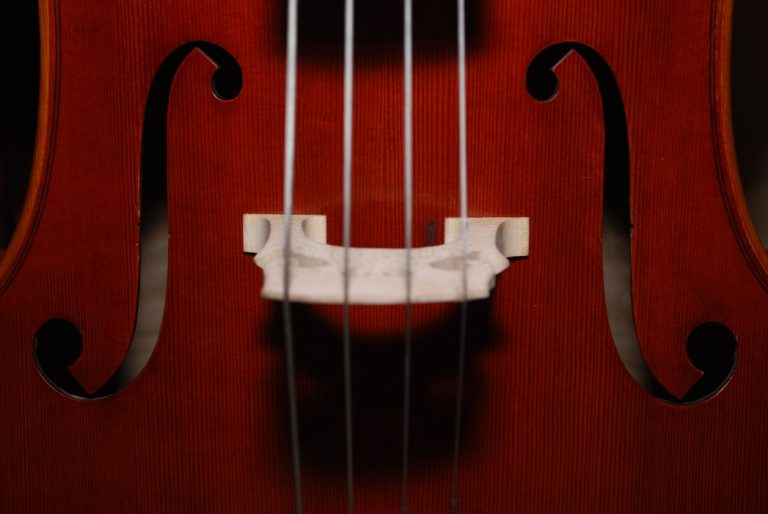Learn How to Clean a Violin in Ten Minutes
Folkstrings.com is reader-supported. When you buy through links on our site, we may earn a small commission.
There’s nothing quite like the sound of a beautifully played violin.
But if your instrument is dirty, that sweet music can quickly turn sour. So whether you’re a student or a professional violinist, you should know the importance of keeping your instruments clean.
Cleaning a violin is not difficult, but there are a few things to keep in mind. In this post, we will walk you through the basics of how to clean a violin properly.
Let’s get started!
Table of Contents
- How to Clean Violin Strings (With and Without Alcohol)
- How to Clean the Violin Fingerboard
- Cleaning the Inside of Violin with Rice, How?
- Long Term Violin Storage – In or Out of Case?
- In conclusion
How to Clean Violin Strings (With and Without Alcohol)
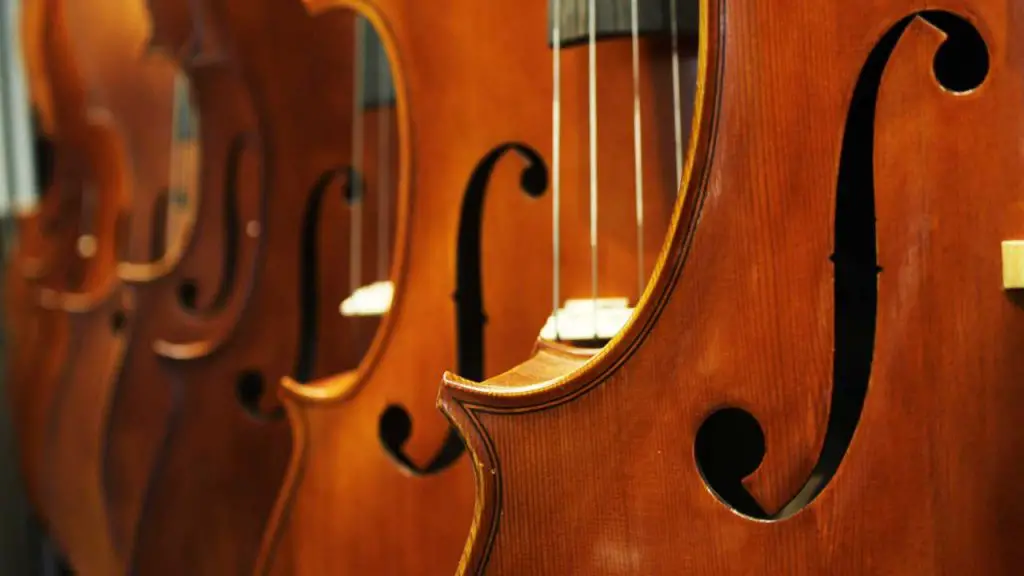
If you don’t clean your violin strings, eventually they will become coated with rosin. This build-up can affect the sound of your instrument, making it harder to produce a clear tone.
In addition, rosin can be difficult to remove once it has hardened, so you may need to replace your strings more frequently. In extreme cases, rosin build-up can even damage the finish of your violin.
So how do you keep your strings clean? First, you’ll need a dry cloth. Use it to wipe down the strings. This will remove any rosin or dirt that has accumulated on the surface.
You may also invest in a special string cleaner. However, you need to be careful with cleaners that contain alcohol. Alcohol can damage the varnish on your violin, so cover your instrument with a cloth first before you start cleaning the strings.
In addition, be sure to wipe down your strings after each practice session or performance. This will help remove any sweat or moisture that could lead to corrosion.
How to Clean the Violin Fingerboard
The violin fingerboard is an important part of the instrument, and it needs to be kept clean in order to prevent damage.
Here are some tips on how to clean the fingerboard:
- Use a soft, dry cloth to remove any dirt or grime from the surface of the fingerboard. Be sure to avoid using any harsh cleaners or scrubbers, as these can damage the wood.
- Once the surface is clean, you can use a slightly dampened cloth to clean the cracks and crevices in the fingerboard. Be sure to wring out the cloth well before cleaning, as too much moisture can damage the wood.
- Once you’ve finished cleaning, use a dry cloth to wipe away any residual moisture.
Cleaning the Inside of Violin with Rice, How?
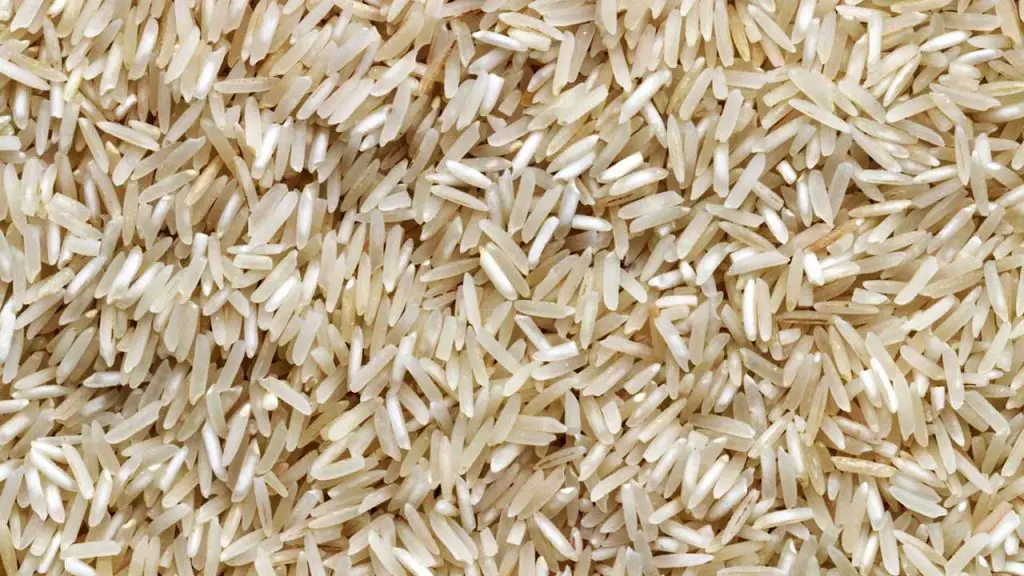
If you’re a musician, there’s a good chance you’re familiar with the age-old trick of using rice to clean the inside of your instrument.
But what exactly is this quirky method all about?
Believe it or not, rice is actually a pretty effective cleaning tool. The tiny grains are just the right size to reach into nooks and crannies, and they’re gentle enough to avoid scratching the surface.
Plus, rice is absorbent, so it can help to soak up excess rosin and other buildups.
To use this method, simply pour a small amount of uncooked rice into the body of the violin and shake it around until all of the dirt and grime has been dislodged. Just be sure to empty out the rice before playing again!
Long Term Violin Storage – In or Out of Case?

If you’re thinking of putting your violin away for a long time – congratulations!
You must be going on a lengthy voyage to a foreign land, or finally getting that much-needed rest in an eternal slumber.
Whatever the case may be, you’ll want to make sure your violin is properly stored before you go.
Here are some helpful tips:
1. First, find a sturdy case. If you’re like most people, you probably don’t have a violin case just lying around the house. And even if you did, it might not be up to the task of storing a violin for the long term.
After all, a violin is a delicate instrument, and it needs to be protected from extreme temperatures, humidity, and other environmental hazards.
The best way to store a violin is in a sturdy case that is designed specifically for that
purpose – one that can withstand the ravages of time and keep your violin safe from harm.
These cases are typically made of wood or another durable material, and they feature padded inserts that cushion the violin and help to keep it in place.
2. Second, make sure the case is clean and dry. A violin case is like a coffin for your instrument. It’s where your violin goes to rest when it’s not being played, and you want to make sure it’s comfortable in there.
That means keeping the case clean and dry. Dust and dirt can damage the finish on your violin, and moisture can cause the wood to warp.
In extreme cases, mold and mildew can start to grow, causing even more damage. So if you want your violin to stay in good shape for years to come, make sure you keep its case clean and dry at all times.
3. Third, put your violin in a cool, dark place. As it turns out, violins are made of wood, which is an organic material.
This means that it is sensitive to changes in temperature and humidity. If a violin is stored in a warm, humid environment, the wood will expand and the instrument will become warped.
Conversely, if it is stored in a cold, dry environment, the wood will contract and the instrument will become brittle.
In either case, the sound quality of the violin will suffer. That’s why it’s so important to store violins in a cool, dark place.
This protects the wood from extreme temperature and humidity fluctuations, ensuring that the instrument stays in peak condition.
4. Fourth, don’t forget to label the case clearly. Some have gone to retrieve their violin from storage, only to find that the case is filled with someone else’s instrument.
While it may seem like a harmless mix-up, it can actually be quite costly. As we all know, violins aren’t cheap so don’t risk it getting mixed up with somebody else’s instrument.
To avoid these complications, it is important to label your violin case clearly. This way, there will be no question as to which instrument is yours.
Furthermore, if the case is ever lost or stolen, the labeling will help to ensure that your violin is returned to you quickly and safely.
So whether you’re storing your violin long-term or simply taking it on a trip, be sure to label the case clearly. It could save you a lot of time and money in the long run.
In conclusion
So, there you have it – a few simple tips to help keep your violin sounding great and lasting for years.
By cleaning and maintaining your instrument regularly, you’ll be able to enjoy many hours of making beautiful music.
Playing the violin is a wonderful art form that can bring joy to both the performer and audience alike; so take care of your violin and make sure it’s always ready to accompany you on your musical journey
Author Profile
-
Daniel Johnstone is an English writer with a love for stringed instruments from around the world.
He shares his love for these instruments through his writing for folkstrings.com, a website dedicated to all things related to folk string music.
Daniel's passion for music started at a young age, and he has since become an accomplished musician, playing guitar, cavaco, and recently, the harp.
His dedication to learning and sharing his knowledge of stringed instruments is evident in his insightful and engaging blog posts. Whether you're a seasoned musician or a beginner, Daniel's writing is sure to inspire and entertain you.
When he's not playing music or writing, you can find Daniel exploring new instruments and seeking out new sounds to share with his readers.
Latest entries
 OcarinaApril 1, 2024Why Does My Ocarina Sound Bad? Tips for Improved Tone Quality
OcarinaApril 1, 2024Why Does My Ocarina Sound Bad? Tips for Improved Tone Quality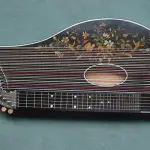 ZitherMarch 30, 2024Who Are Some Famous Zither Instrument Players? Let’s Find Out!
ZitherMarch 30, 2024Who Are Some Famous Zither Instrument Players? Let’s Find Out! ZitherMarch 30, 2024Should I Learn the Zither? Exploring the Benefits of This Unique Instrument
ZitherMarch 30, 2024Should I Learn the Zither? Exploring the Benefits of This Unique Instrument ZitherMarch 30, 2024What is the History of the Zither: Tracing the Strings Through Time
ZitherMarch 30, 2024What is the History of the Zither: Tracing the Strings Through Time
Affiliates:
This post may contain affiliate links that at no additional cost to you, the site may earn a small commission. We only recommend products we would use ourselves and all opinions expressed on this site are our own.
Accuracy Advice:
While we strive to provide up-to-date and accurate information, the content in this article may not reflect the most current research or medical guidelines. We encourage readers to do further research and consult with professionals for more personalized advice.
Our Recommendations:
The products and services mentioned in any of our articles are recommended based on our independent research and personal experience. We are not sponsored by any company. We aim to suggest products and services we believe are of high quality and could be beneficial to our readers.

